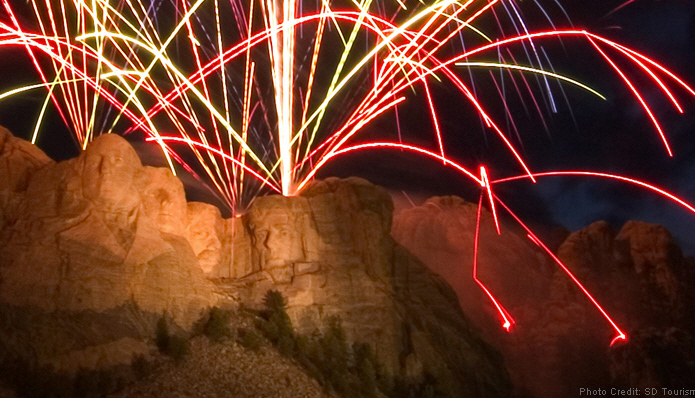At least 10 Urban Search and Rescue Task Forces in the United States have been activated to assist the victims of the earthquake in Haiti. Here is an update from the web site of California Task Force 5, which is organized by the Orange County Fire Authority.
============================
1-14-2010
CATF5 Haiti Update 1/14, 8:15pm
USAR CATF5 worked throughout the day today at March Air Reserve Base. The Task Force focused on some logistical challenges throughout the afternoon. CATF5 maintains a state of operational readiness and is prepared to respond.
The Task Force is currently staged while waiting for transportation to Haiti. Once that transportation becomes available, the Task Force will load it’s cache and vehicles while looking forward to assisting those in need.
CATF5 plans to rest this evening while remaining optimistic that their transportation will soon arrive.
1-14-2010
Haiti Update for Thursday January 14, 2010 (Day #1)
Last night around 8:30, The California Task Force 5 Urban Search and Rescue team was activated to assist with the ongoing rescue efforts in the wake of the devastating 7.0 earthquake in Haiti. CATF-5 will join nine other US&R Task Forces in Haiti. The other teams deployed to this incident are: Virginia TF-1 (Fairfax), Virginia TF-2 (Virginia Beach), California TF-2 (LA County), California TF-7 (Sacramento), Florida TF-1 (Miami-Dade), Florida TF-2 (Miami), New York TF-1, Ohio TF-1, and Texas TF-1. This is an unprecedented international deployment of resources, in that many of the teams listed above are FEMA teams typically limited to incidents within the United States.
CA TF-5 is a Type 1 team consisting of 75 members from OCFA, Anaheim Fire, Orange City Fire, Santa Ana Fire, Montebello Fire, and Chino Valley Fire Protection District. The team is comprised of highly trained and skilled responders from a variety of disciplines.
At this time, CA TF-5 is at March Air Force Base awaiting military transport to Haiti. As can be expected, there is a backlog of aircraft on the ground at the available landing strips in Haiti.
As I’m sure youuve seen on the news, this is a huge disaster with reports of tens of thousands killed, and millions left homeless. The task forces that have landed and begun rescue work have already reported several live rescues. Please keep our responders from CA TF5, the other task forces, the many volunteers, and the people of Haiti in your thoughts and prayers during these challenging times.
Keith Richter
Fire Chief
Orange County Fire Authority
=========================
Photos of the Orange County task force being deployed taken by the Orange County Register are HERE.
Air Force photos of task forces and equipment being deployed are HERE.


